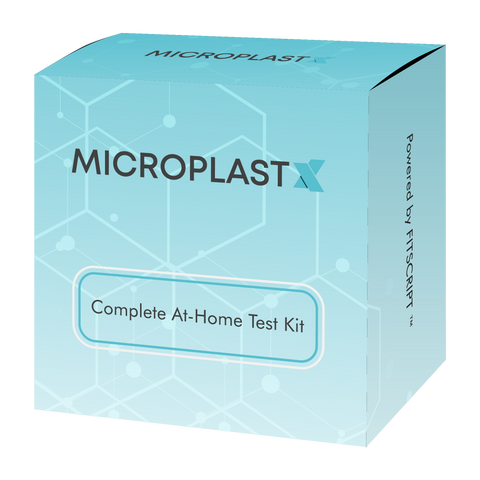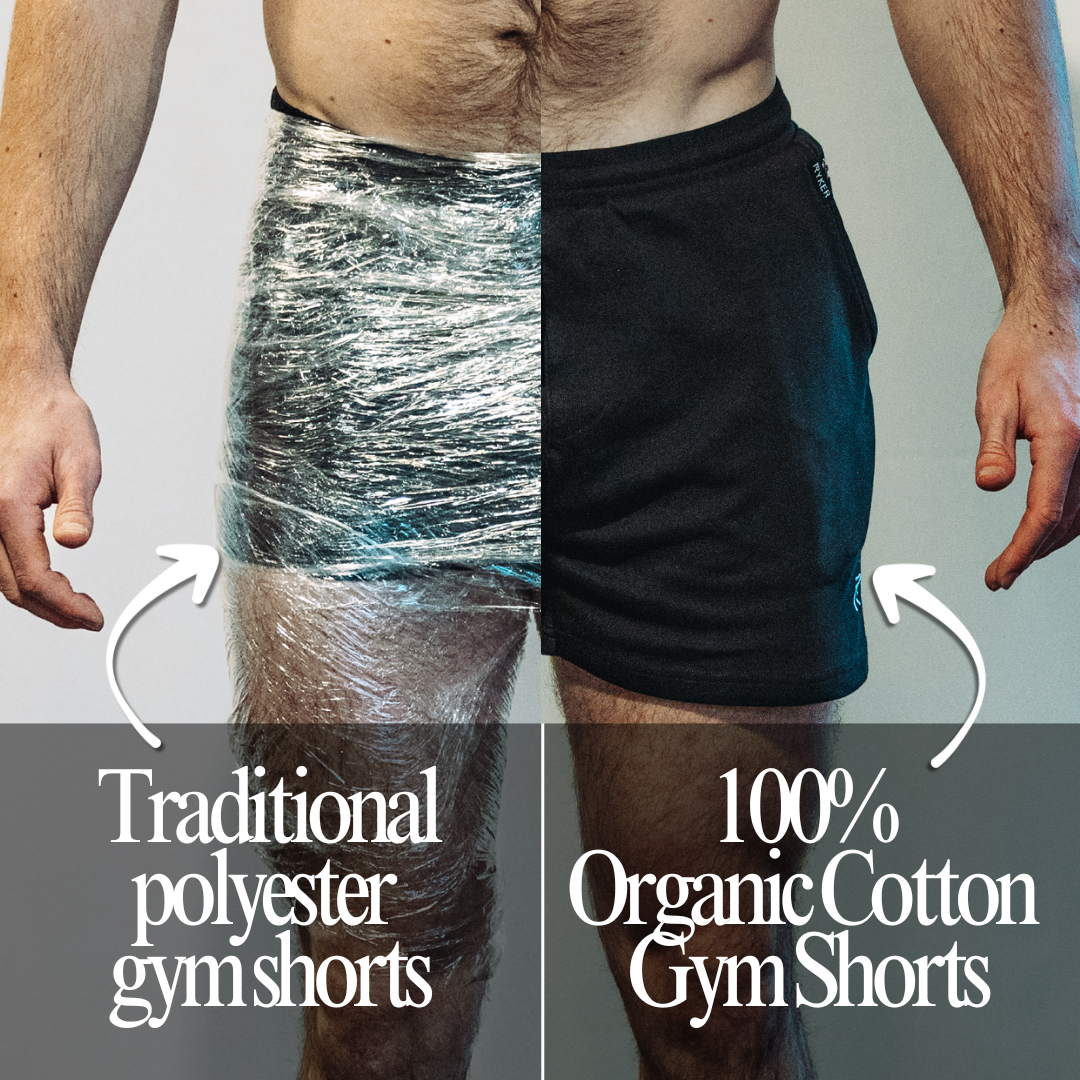Do Silicone Products Release Microplastics? An In-Depth Analysis
Silicone has become a popular alternative to plastic in various industries, including cookware, baby products, and personal care items. Many consumers view silicone as a safer and more sustainable option, but questions remain about whether it contributes to microplastic pollution. Unlike plastics, which can lead to environmental contamination by releasing microplastics that harm ecosystems, silicone's inert nature reduces the risk of contributing to such contamination.
This article explores whether silicone releases microplastics, how it degrades over time, and what this means for environmental and human health. Additionally, it discusses the importance of safety in food applications, particularly regarding food contact materials and the thorough safety evaluations they undergo. Understanding the properties of silicone can help consumers make informed choices about its use and potential alternatives.
Introduction
Silicone is a versatile material that has gained popularity in recent years due to its unique properties and benefits. It is often considered a safer alternative to plastic, but is it really? In this article, we will delve into the world of silicone and explore its characteristics, advantages, and environmental impact. We will also discuss the differences between silicone and plastic, and examine the potential risks and benefits of using silicone products.
What is Silicone?
Silicone is a synthetic polymer composed of repeating units of siloxane, a chemical compound consisting of silicon, oxygen, carbon, and hydrogen atoms. It is created through a chemical process involving silicon and organic compounds. Silicone is known for its durability, flexibility, and resistance to heat and chemicals, making it a popular choice for a wide range of applications, from kitchen utensils to medical devices.
Does Silicone Contain Microplastics?
Silicone is a synthetic polymer made from silica, oxygen, carbon, and hydrogen. Unlike traditional plastics, which are derived from petroleum, silicone is created through a chemical process that turns silica (found in sand) into a flexible, heat-resistant material. While plastic materials can degrade into harmful microplastics, silicone does not follow this process.
Silicone pacifiers do not contain microplastics. However, silicone can shed small silicone particles under certain conditions.
How Silicone Differs from Plastic
-
Durability: Unlike plastic, silicone is highly resistant to heat, UV light, and oxidation, meaning it does not break down as quickly.
-
Flexibility: Silicone remains stable at both high and low temperatures, making it widely used in baking mats, baby bottle nipples, and medical devices.
-
Chemical Composition: Silicone does not contain the same microplastic-forming compounds as traditional plastics, such as polyethylene or polypropylene.
-
Silicone rubber undergoes a cross-linking process that gives it specific properties like flexibility and elasticity. It is primarily utilized in applications requiring durability and resilience, such as sealing and gasketing, contrasting it with the broader applications of general silicone, which can exist in various forms.
Recent research indicates that silicone materials can release nano-sized particles under certain conditions. For example, a study demonstrated that silicone pacifiers, when subjected to mechanical forces, released nanoparticles, suggesting that silicone-based products may still contribute to micro and nanoplastic pollution, albeit potentially to a lesser extent than traditional plastics.
Despite these advantages, concerns remain about whether silicone itself could degrade and release microplastics over time. However, silicone generally has a more favorable environmental impact compared to conventional plastics, though it is non-biodegradable and can contribute to long-lasting waste if not disposed of or recycled properly.
Does Silicone Release Microplastics?
While silicone does not break down into microplastics as quickly as conventional plastics, there is still potential for degradation under certain conditions.
Factors That Affect Silicone's Durability and Breakdown
-
Prolonged Exposure to High Temperatures
-
Silicone is heat-resistant, but repeated exposure to extreme temperatures can cause it to degrade.
-
Over time, tiny particles may shed from low-quality silicone cookware when exposed to direct heat.
-
Mechanical Wear and Tear
-
Silicone bakeware, kitchen utensils, and personal care items can wear down after extended use, especially when frequently stretched or bent.
-
Mechanical stress can weaken silicone’s molecular structure, causing small fragments to separate from the surface.
-
Additionally, silicone's durability means it has a long lifespan and can be reused multiple times, contributing to waste reduction and making it an environmentally friendly alternative to single-use plastics.
-
Chemical Exposure
-
Some cleaning agents, including strong detergents and alcohol-based solutions, can degrade silicone over time.
-
This is particularly concerning for silicone items used in food storage, as degraded silicone may leach harmful chemicals into food.
While research suggests that silicone is less likely than plastic to release microplastics, its long-term durability depends on how it is used and maintained.
Microplastics Analysis and Detection
Microplastics are tiny plastic particles that are less than 5mm in size. They can come from larger plastic items breaking down over time or be intentionally manufactured at that size. Silicone products can potentially release small particles that may have similar environmental impacts to microplastics. However, these particles are chemically different from plastic microparticles and do not persist in the environment as long. Advanced Raman imaging can be used to characterize microplastics and nanoplastics, and image reconstruction can be used to pick up meaningful Raman signals and avoid noise.
Is Silicone Safer Than Plastic?
Many consumers choose silicone over plastic due to concerns about microplastic pollution and chemical leaching. While silicone has some advantages, it is not entirely risk-free.
Benefits of Silicone Over Plastic
-
Lower Microplastic Shedding – Unlike conventional plastics, silicone does not easily fragment into microplastics under normal use.
-
Heat Resistance – Silicone withstands high temperatures without melting or releasing harmful fumes.
-
Longevity – Silicone products are more durable than many plastic alternatives, reducing waste and the need for frequent replacements.
-
Safe and Environmentally-Friendly for Food Storage Containers – Silicone is a safe and environmentally-friendly alternative to plastic, particularly for food storage containers. Its durability and versatility make it ideal for kitchen applications, providing airtight and non-reactive solutions for food preparation and storage.
Silicone-based products generally outlast plastic equivalents, making them a more sustainable option in terms of longevity. However, a study found that silicone can still degrade under extreme conditions, raising concerns about its long-term impact.
Potential Risks of Silicone Use: Can It Leach Harmful Chemicals?
-
Chemical Leaching – Some low-quality silicone products may contain fillers or additives that break down over time, potentially releasing unwanted substances into food or beverages.
-
Environmental Persistence – While silicone does not break down into microplastics as quickly as plastic, it is also not biodegradable, meaning it can persist in the environment for decades.
-
Breakdown Under Stress – Frequent stretching, bending, or exposure to harsh chemicals may cause silicone to degrade, potentially releasing small particles.
Consumers looking to reduce microplastic exposure should choose high-quality, food-grade silicone products that do not contain added fillers.
Environmental Impact of Silicone
Silicone is not biodegradable, but it is generally considered to be more environmentally friendly than conventional plastics. Silicone remains stable and does not break down into microplastics, which can accumulate in oceans, soil, and even in the human body. However, silicone products can contribute to long-lasting waste if not properly disposed of or recycled. Silicone’s durability and reusability can lead to reduced plastic waste generation, and silicone products can be reused or repurposed. Silicone contributes to sustainability efforts, but its environmental impact can be improved through recycling and sustainable manufacturing practices.
How to Choose Safe Silicone Products
Not all silicone products are created equal. Some contain chemical fillers that reduce quality and durability, increasing the likelihood of breakdown over time. Choosing high-quality silicone can help minimize potential risks.
What to Look for in Silicone Products
-
Medical-Grade or Food-Grade Certification
-
Look for products labeled as "100% food-grade silicone" or "medical-grade silicone," as these have stricter safety standards.
-
Certified silicone products are less likely to contain chemical additives that may degrade over time.
-
BPA-Free and Filler-Free
-
Some low-cost silicone products may contain plastic fillers, which can affect their durability and safety.
-
A study published in Environmental International investigated the release of volatile methylsiloxanes (VMS) from silicone baking molds during typical baking conditions. New silicone molds emitted significant amounts of VMS into indoor air during baking, with compounds like D7, D6, and D8 being the most prevalent. Additionally, these substances were detected in the baked goods themselves, especially in areas of the cake in direct contact with the mold. Notably, repeated use of the molds reduced the emission levels, suggesting that initial uses might release higher amounts of these compounds.
-
Durability and Resistance to Wear
-
High-quality silicone should not feel sticky, overly soft, or have a strong chemical odor.
-
Avoid silicone products that discolor or become brittle over time, as these are signs of degradation.
By selecting high-quality silicone products, consumers can enjoy the benefits of a plastic alternative while reducing the risk of microplastic exposure.
Recycling Silicone and Reducing Waste
Recycling silicone is less common and more complex than recycling plastic, but it is far from impossible. Many companies engage in regular recycling practices, and several methods are used in the industry to recycle silicone, including physical breaking, catalytic cracking, and various chemical processes. Each method has its own set of challenges, particularly regarding energy consumption and the ability to fully reclaim high-quality silicone. However, ongoing efforts are improving the processes, making silicone recycling more viable and environmentally beneficial. Consumers can take steps to minimize particle shedding from silicone products by using them in a way that minimizes wear and tear, properly disposing of them, and recycling them when possible.
Are There More Sustainable Alternatives to Silicone?
While silicone is often seen as a better alternative to plastic, it is not biodegradable and can persist in the environment for decades. For those looking for truly sustainable options, several alternatives exist that minimize environmental impact and reduce the risk of microplastic pollution.
Best Alternatives to Silicone Products and Recycling Silicone
-
Glass
-
Completely free from microplastics and chemical leaching.
-
Ideal for food storage, drinkware, and baking dishes.
-
Can withstand high temperatures without breaking down.
-
Stainless Steel
-
Durable and long-lasting, making it a great option for water bottles, cookware, and kitchen tools.
-
Does not degrade or release harmful particles into food.
-
Natural Rubber
-
Used for baby products, kitchen tools, and reusable bags.
-
Biodegradable and free from synthetic additives.
-
Wood and Bamboo
-
Great for utensils, cutting boards, and other household products.
-
Naturally antibacterial and compostable at the end of its lifespan.
Glass and stainless steel are among the safest materials for food storage and cookware, as they do not degrade or leach chemicals over time. Switching to these alternatives can help reduce reliance on both silicone and plastic while minimizing exposure to microplastics.
Conclusion
Silicone is widely used as a plastic alternative due to its durability, heat resistance, and lower tendency to shed microplastics. However, research suggests that under extreme heat, mechanical wear, or chemical exposure, silicone may degrade and release small particles over time. While it is generally a better option than plastic, it is not completely risk-free.
Consumers looking to reduce their microplastic exposure from plastic products should choose high-quality, food-grade silicone or switch to safer alternatives like glass, stainless steel, and natural rubber. Making informed choices about materials used in food storage, personal care, and household products can significantly minimize potential risks.
For those wanting to test their exposure to microplastics, the Microplastx Test Kit offers a reliable way to detect plastic contamination in water, food, and household environments.
Take control of your microplastic exposure today and start testing with the MicroplastX Test Kit.



